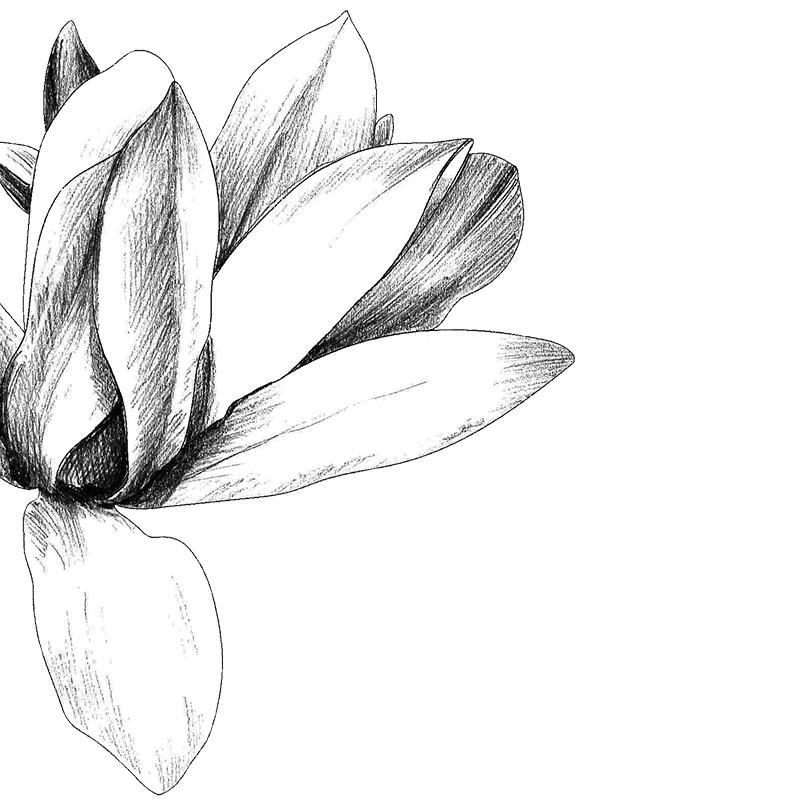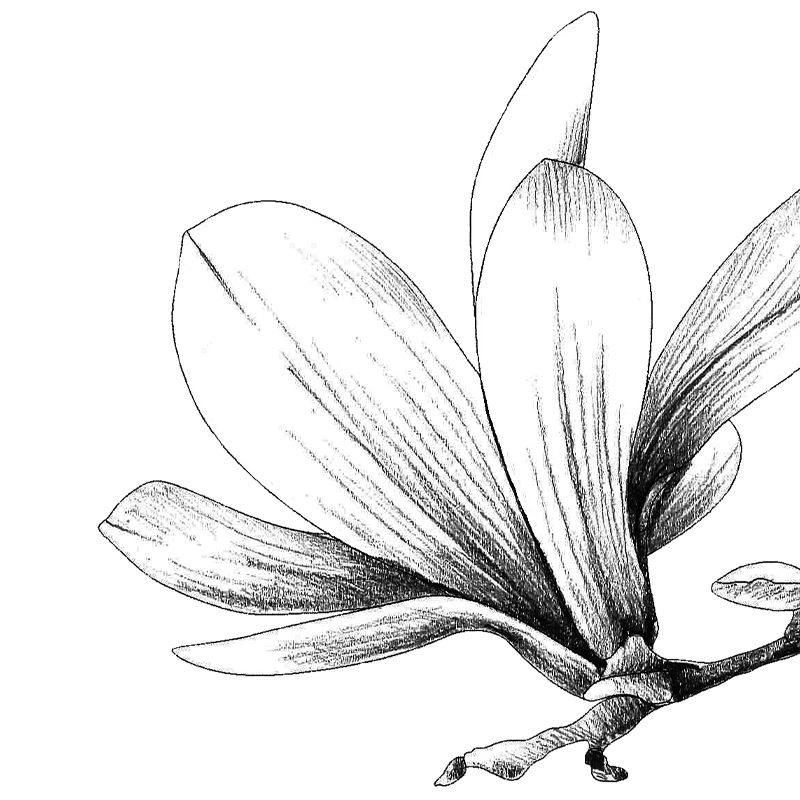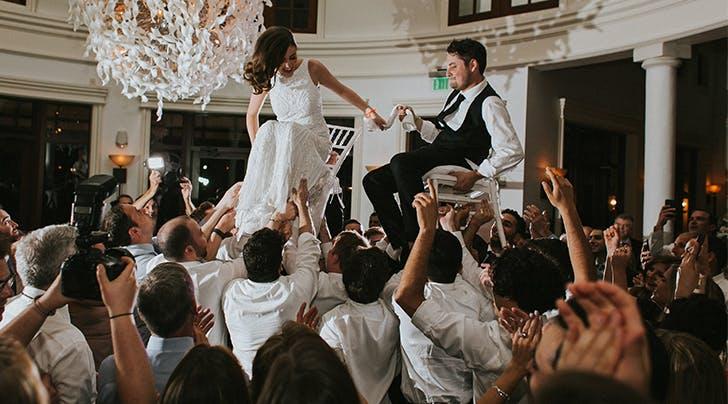Mikelle & Mark


Interfaith Wedding FAQs

Question
Jewish wedding ceremony's are conducted under a chuppah (wedding canopy)
Answer
The chuppah is held up by four posts, has a covering, and is opened on all four sides. The chuppah is a symbol of the home being established by the ceremony; it's sides are opened to represent the welcoming of guests into the couples' future home.
Question
The bride and groom will sign a legal contract and a Ketubah
Answer
The Ketubah is a Jewish marriage contract. In ancient times, this contract was used to protect the rights of the bride entering the marriage. In modern times, the ketubah is a nod toward tradition and an opportunity for a couple to write their own, non-legal, marriage contract.
Question
At the end of the ceremony, Mark will step on and break a glass, and you'll shout "Mozel Tov"
Answer
When the wedding ceremony is complete, the groom steps on and breaks a glass cup, and the crowd shouts "Mozel Tov" (which roughly translates to "congratulations" in Hebrew). Why does the groom break a glass? There are many theories, including that it's symbolic of the destruction of the first temple in Jerusalem. Since there are many theories and no known answer, Mikelle thinks it's just tradition.
Question
Mikelle and Mark will disappear for 15 minutes after the ceremony
Answer
According to Jewish custom, the bride and groom will spend 15 minutes alone after the ceremony, but before the reception. This is the only time during the wedding where they have a chance to privately celebrate. You can image what this may have been used for in ancient times, but now it's just tradition to spend time together.
Question
Be prepared to dance the Horah!
Answer
The Horah is a traditional Jewish celebration dance. You'll catch on quickly. We basically join hands in a circle, and it will be easy to follow along. This often culminates with lifting the bride and groom in their chairs and hoisting them up and down. If you are strong and reasonably youthful, you may be recruited to participate in some heavy lifting!
Question
The Lord's Prayer
Answer
This prayer, recorded in the Gospel and once spoken by Jesus himself, will be recited before the wedding dinner. This prayer begins, "Our Father in Heaven, hallowed by thy name..."
Question
Table Grace
Answer
According to Christian custom of thanking God before meals, a traditional Table Grace will be song before dinner.